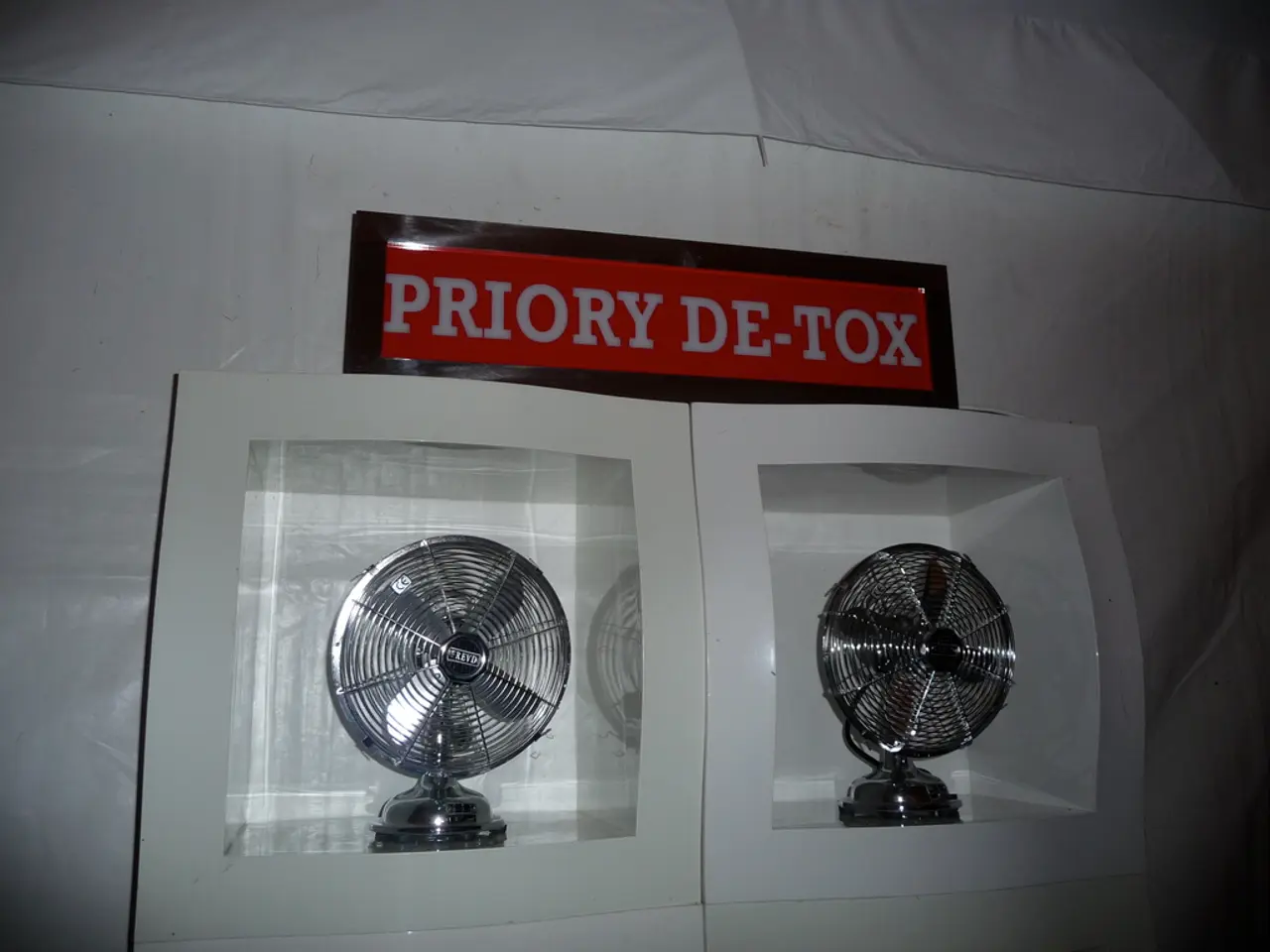Need a fan for something?
In the hot summer months, a fan can be an essential appliance for maintaining a comfortable indoor environment. To ensure safety and effectiveness, TUV SUD, a globally recognised safety and certification organisation, advises consumers to consider several factors when purchasing a fan.
Safety certification is paramount. Look for TUV or related safety verification emblems on the product packaging. These certifications ensure the fan has been tested and meets stringent safety requirements, reducing risks such as electrical hazards.
Energy efficiency is another important factor. Consider fans with ENERGY STAR® labels or those known for lower power consumption. Energy-efficient fans reduce electricity use while providing effective airflow.
The size and blade design of the fan also play a significant role. Larger blade fans can provide comparable cooling to smaller ones but at lower velocity, which may be more comfortable. The fan's size should be appropriate for the room, and it should be installed at a recommended height for optimal air circulation and cooling efficiency.
Regular cleaning of fan blades, motor, and components is important for sustained performance and safety. Dust accumulation can impair function and increase fire risk.
Quieter models are recommended for bedrooms and home offices, with a maximum noise level of 45 decibels on the lowest setting. Precise adjustment of airflow can be beneficial, using mechanical or technical settings such as height adjustment, tilt, or swivel functions.
Additional features like remote control, timer, touch panel, or smart home capabilities can enhance the device's usability. However, to avoid excessive strain on mucous membranes and eyes, especially powerful devices should be placed at least two meters away from people.
In situations where the outdoor temperature is lower than the indoor temperature in the early morning or late evening, the fan can help exchange temperatures near the window. Overheating protection and flame-retardant housing are important safety features. Good fans should have adjustable airflow with at least three speed settings.
Certified devices carry safety labels like the GS mark or a TUV octagon. To protect children and pets from injuries, a fine-mesh safety grid is essential. A stable base is crucial for devices with rotating blades to ensure safety.
In summary, when buying a fan for safety and effective cooling, consider factors like safety certification, energy efficiency, appropriate size and blade design, installation height and location, maintenance aspects, noise level, adjustable airflow, and additional features. By following these guidelines, you can ensure a safe and comfortable cooling solution for your home.
Vocational training in home-and-garden product-reviews may reveal energy-efficient fans, as safety certification is paramount for these devices, and understanding how proper blade design, size, and installation can optimize cooling effectiveness is essential. Lifestyle choices regarding fan usage may also involve considering noise levels and additional features such as remote control, timer, touch panel, or smart home capabilities.





